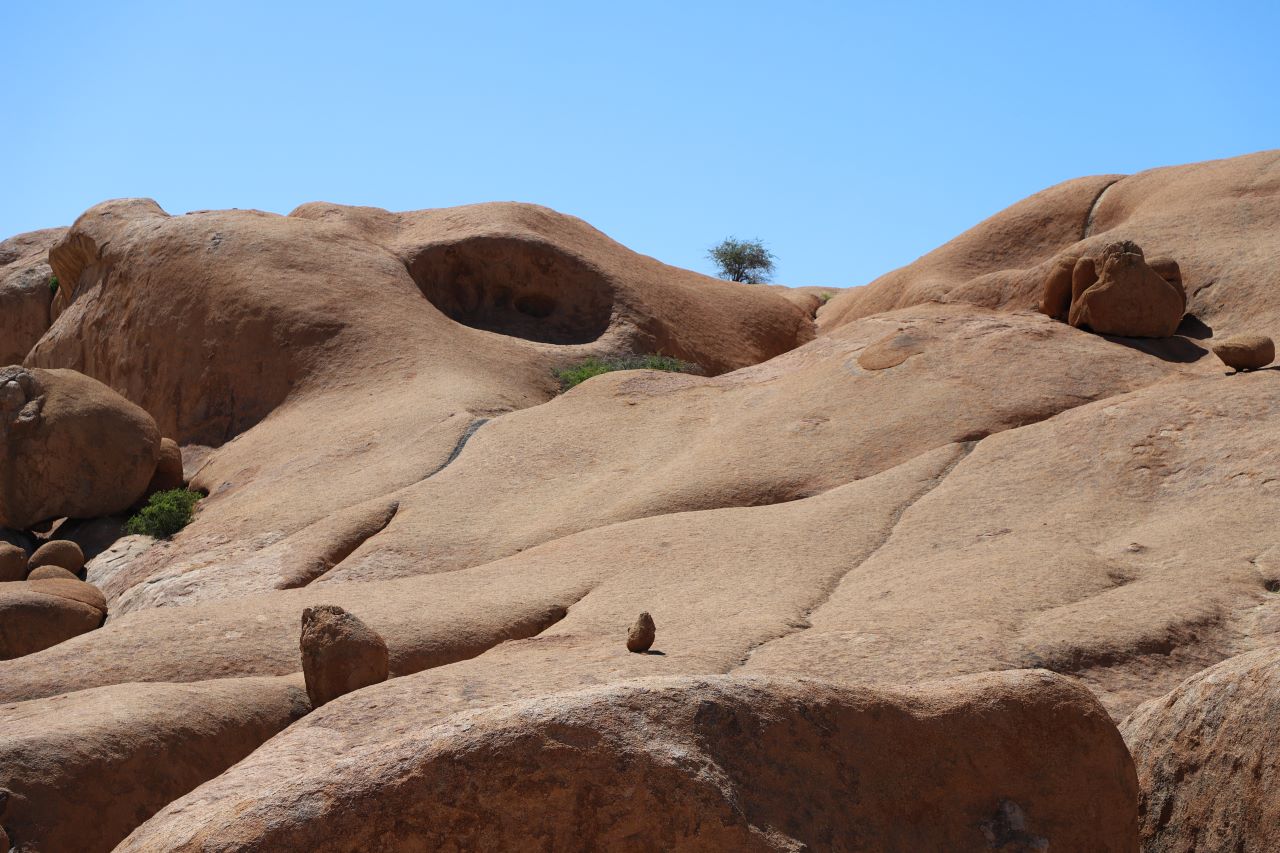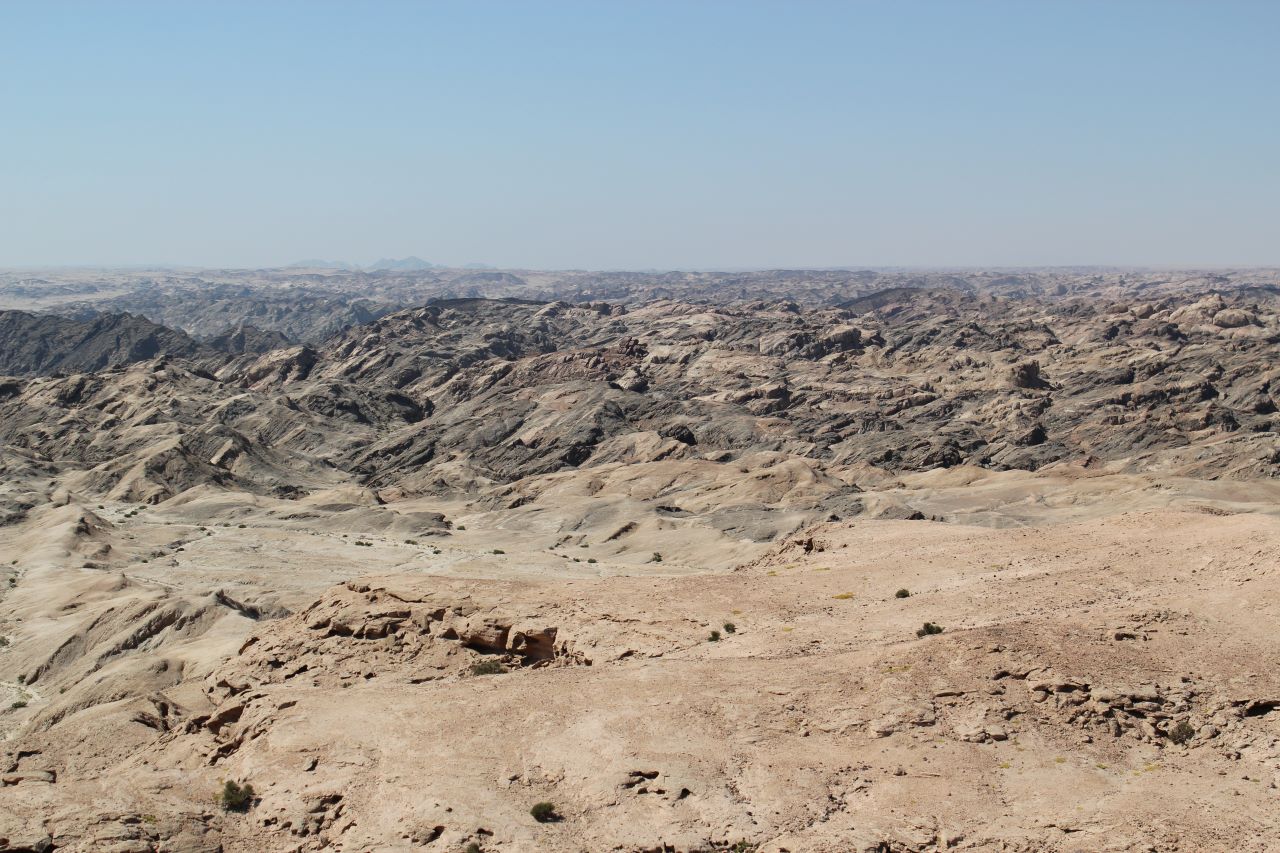Explore the Wonders of Etosha: A Complete Guide
Namibia’s Etosha National Park is one of Africa’s premier wildlife destinations, offering visitors a chance to see an incredible array of animals in their natural habitat. This vast 22,000 square kilometer park is home to various ecosystems, ranging from arid salt pans to dense woodlands, creating the perfect conditions for diverse wildlife to thrive. If you’re planning a trip to Etosha, this guide will walk you through everything you need to know, from what animals you can spot to the best time to visit, and insights into its iconic camps.
Wildlife in Etosha National Park: What You Can Expect to See
Etosha is famous for its wildlife diversity, offering visitors the chance to spot the “Big Four” (elephant, lion, leopard, and rhinoceros) and many other species. With over 100 mammal species and 340 bird species, there is no shortage of exciting encounters awaiting you.
- Elephants: Etosha’s elephants are some of the largest in Africa, due to the high mineral content of the region’s soil and vegetation. You can spot them, particularly around waterholes.
- Lions: The park’s lions are often seen lounging by waterholes or in the shade of acacia trees. With a little patience, you may witness one of their hunts.
- Black and White Rhinos: Both black and white rhinos roam the park, with Etosha being a significant sanctuary for these endangered creatures. Okaukuejo camp is a prime spot to view them at night as they gather by the waterhole.
- Leopards: These elusive predators are often seen in the early mornings or late afternoons, usually near dense vegetation or trees.
- Zebra, Giraffe, and Antelope: Large herds of plains game like zebras, springbok, and oryx are commonly seen, along with the majestic giraffe grazing on the treetops.
- Cheetahs: Though less common, cheetahs can be spotted in the park’s open areas, particularly near Halali and Namutoni camps.
- Birds: Bird lovers will enjoy the park’s diverse avian population, from majestic raptors to vibrant lilac-breasted rollers and flamingos during the wet season.
Best Time to Visit Etosha National Park
Etosha can be visited year-round, but each season offers a different experience:
- Dry Season (May to October): This is the best time for game viewing. During the dry months, animals congregate around waterholes, making them easier to spot. The landscape is arid, and the lack of dense vegetation improves visibility. July to September are peak months for wildlife sightings.
- Wet Season (November to April): The park transforms into a lush, green landscape during the wet season. This is the best time for birdwatching, as migratory species arrive. However, animals are more dispersed due to the availability of water, making wildlife spotting less predictable. You might also catch a glimpse of newborn animals in this period, which attracts predators.
Experiences and Sights at Etosha
As a visitor to Etosha, your experience will center around self-drive or guided game drives, with plenty of stops at the park’s renowned waterholes. The waterholes are where the magic happens, as animals come to drink and interact, offering excellent photographic opportunities.
- Etosha Pan: At the heart of the park is the Etosha Pan, a massive salt pan that stretches for nearly 5,000 square kilometres. During the wet season, the pan floods and attracts large flocks of flamingos and other waterbirds. When dry, its white, desolate landscape contrasts strikingly with the wildlife.
- Night Drives: Certain camps offer guided night drives, which are the perfect opportunity to spot nocturnal animals like hyenas, owls, and even rhinos.
The Main Camps in Etosha National Park
Etosha boasts three main camps, each with its unique charm and access to different parts of the park:
Okaukuejo Camp
Known for its legendary floodlit waterhole, Okaukuejo is one of the most popular camps in the park. Guests staying here enjoy incredible nighttime game viewing as animals, including rhinos, elephants, and lions, frequent the waterhole under the stars. The camp offers a range of accommodation options, from luxury chalets to basic camping.
- Highlights: Waterhole, proximity to the Anderson Gate, game drives, and swimming pool.
Halali Camp
Centrally located, Halali is nestled among mopane trees and offers a more tranquil experience. Like Okaukuejo’s waterhole, it is floodlit at night, and you can expect to see a variety of wildlife, including leopards and elephants. Halali is a great base for exploring the eastern and western parts of the park.
- Highlights: Central location, quieter atmosphere, and excellent waterhole for predator sightings.
Namutoni Camp
Situated near the Von Lindequist Gate, Namutoni Camp is built around a historic German fort. This camp has a unique charm and is ideally located for exploring the eastern parts of the park, where cheetah sightings are more common. Namutoni’s waterhole is also floodlit, and the camp offers a variety of accommodation options.
- Highlights: Historic fort, proximity to the eastern waterholes, and birdwatching opportunities.
The Best Time to Visit Each Camp
- Okaukuejo Camp: Best during the dry season (July to October) for incredible game viewing at the waterhole.
- Halali Camp: Perfect for those wanting a quieter experience. It’s a great base year-round, but the wet season (November to April) is ideal for birdwatchers and seeing lush vegetation.
- Namutoni Camp: Ideal during the dry months, with higher chances of spotting predators like cheetahs in the surrounding areas.
Tips for Your Visit to Etosha
- Self-Drive vs. Guided Drives: While Etosha is a self-drive park, guided drives can enhance your experience, especially for first-time visitors. Expert guides know the best spots to find elusive animals and can share fascinating insights about the park’s ecosystem.
- Pack Binoculars: With so much wildlife to spot, binoculars are a must for getting up-close views of distant animals.
- Early Mornings and Late Afternoons: The best time for game drives is early in the morning or late afternoon when animals are most active, and the heat is less intense.
- Don’t Forget Your Camera: Etosha is a photographer’s paradise, with incredible wildlife and stunning landscapes.
Final Thoughts
Etosha National Park offers a safari experience like no other, blending incredible wildlife encounters with the raw beauty of Namibia’s landscapes. Whether you’re staying at Okaukuejo, Halali, or Namutoni, your time here will be filled with unforgettable moments of exploration and discovery. Be sure to plan your visit according to the season and the camps you wish to explore, ensuring you make the most of your time in one of Africa’s most extraordinary national parks.
Ready to embark on your Etosha adventure? Contact us now to book your unforgettable safari experience!





